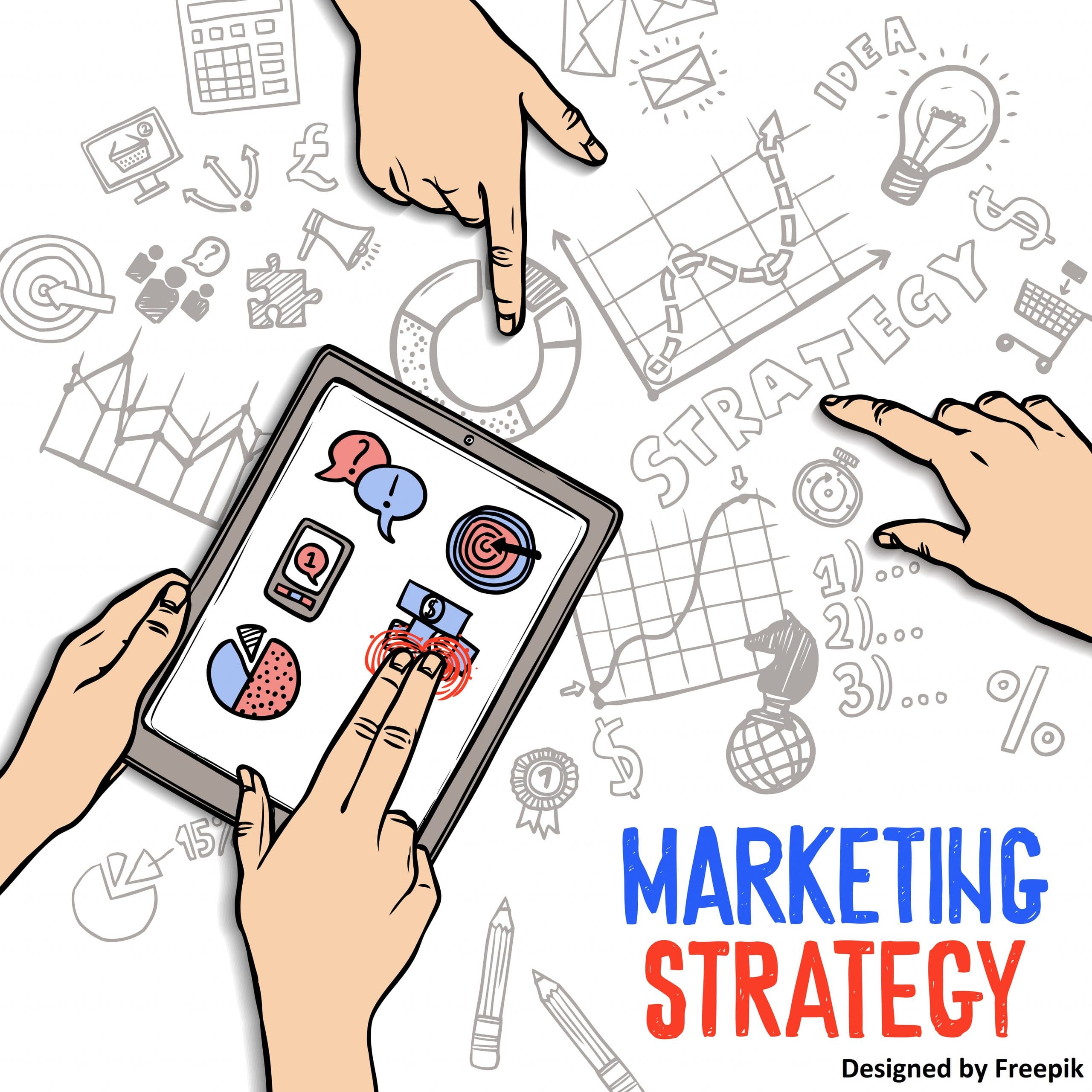
DIY SMM Strategies For Your Chicagoland Small Business
874 adminApril 13, 2023

How much time should I spend as a CEO of a small agency in getting new business from old clients?
According to the Harvard Business Review, most business owners spend a small portion of their time with their customers. As little as 3% of their working hours. This means there are many weeks when business owners only spend a couple of hours with the people who are the essential part of their business.
This raises an important question. How much time should I spend as a CEO of a small agency in getting new business from old clients?
First, it is crucial to maintain a good relationship with your old customers. This means staying in touch with them, understanding their needs, and providing excellent customer service. This can help you retain their business and generate new business through referrals.
In actively seeking new business from old clients, you should dedicate a certain amount of time each week or month to this task. This could include reaching out to them with new offers or promotions, providing updates on your services, or simply checking in to see how they're doing.
It is also essential to balance your efforts between seeking new business from old clients and acquiring new clients. While your old clients can be a valuable source of business, it's crucial to keep expanding your client base to ensure your agency's long-term growth.
Staying in touch with old clients is extremely important. Your communication doesn't have to be frequent or profound, but these relationships need maintenance to stay alive.
Resource:
https://www.morefloods.com/how-much-time-should-small-business-owners-spend-with-customers/
https://customerthink.com/how-much-time-should-ceos-spend-with-customers/
Disclaimer: Wherever any material is quoted as sourced from the published text with publishing rights vested in an individual, it is stated that it is a pure quotation and has no intention to claim it as our own.
Image Source: www.freepik.com
955 adminApril 5, 2023
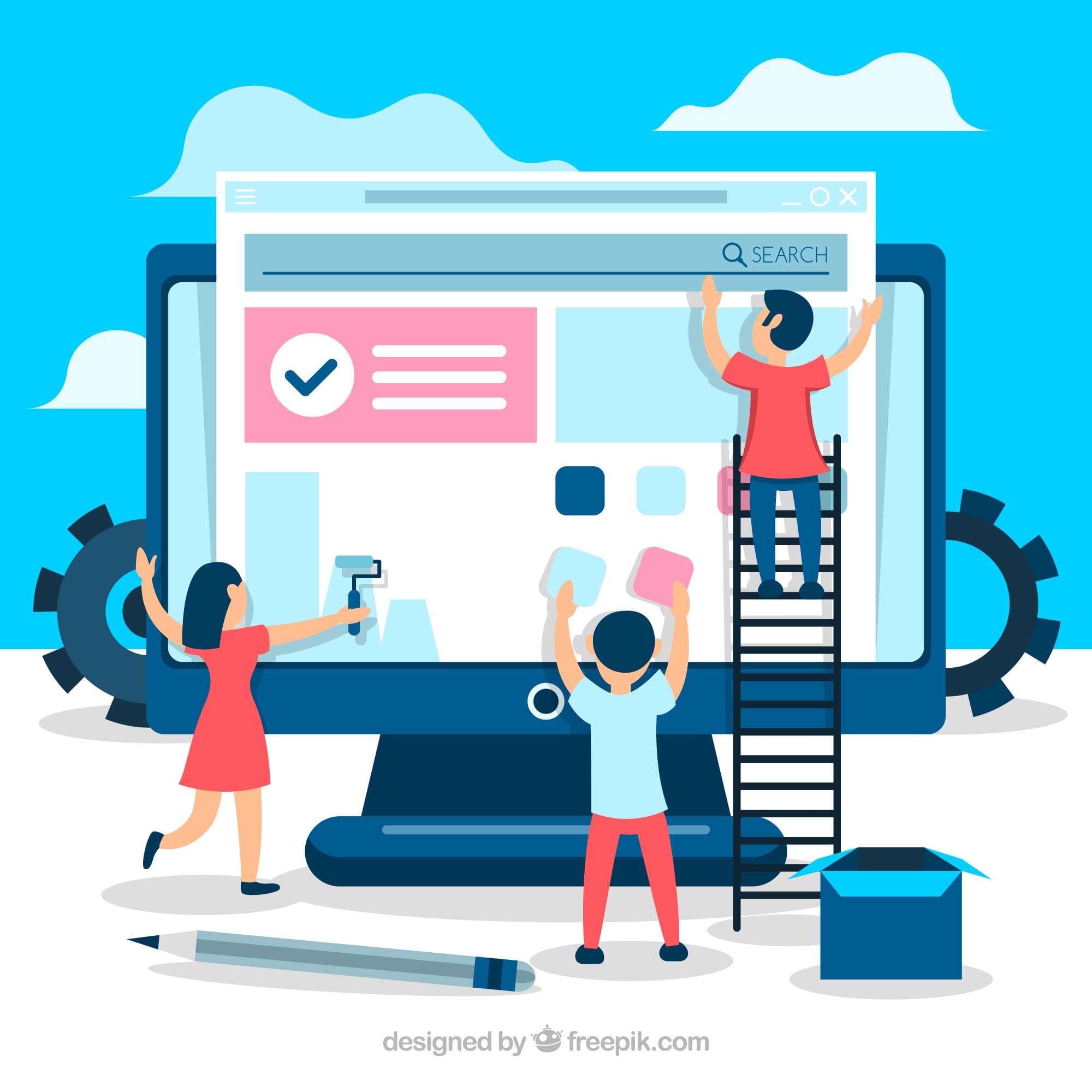
Top 5 Designing Best Practices
Whether you are designing a website, a logo, or an entire brand identity, it is essential to follow some best practices to ensure that your designs are practical, functional, and aesthetically pleasing.
Here are the top 5 design best practices that you should follow when creating your initial designs:
1. Understand the Audience: Before starting any design project, it is essential to understand the design's purpose and the intended audience. It should not be underestimated or rushed. Time and budget are always essential considerations in product design. With these, the product will be shipped. While that's important to the process, keeping sight of who uses the product, their customer journey, and whether they're desktop or mobile users is essential.
2. Define user objectives: Get into the mindset of a new end user. What do they want to achieve? How will the application help them? List and refer to our goals throughout the UI or UX design process. Conduct in-depth research to gain insight into your target audience's demographics, interests, and preferences. This information will help you create a design that will reverberate with your audience and achieve the desired results.
3. Consistent action in the application: Everyone loves when an application is user-friendly. It avoids headaches, saves time, and helps users achieve their goals by eliminating confusion — all requirements for creating satisfied customers. Consistent actions eliminate the need for user search and thus make their workflow run more smoothly. If an Audience knows how to use functionality in one section, they know how to use it in all areas.
4. Design patterns for product UI/UX design consistency: A successful and consistent UI means a user can perform tasks with a minimal number of actions. If a four-step job can quickly be completed in two, the UI should constantly be optimized for shorter workflows. UI patterns can benefit from this… after all, this functionality is why they became patterns in the first place.
5. Consistent Communication: Search results, form submission messages, error windows — every interaction with your user is a conversation. For an app/website to be successful, it must talk to the user and inform them of what is happening.
Resource:
https://www.uxpin.com/studio/blog/guide-design-consistency-best-practices-ui-ux-designers/
Disclaimer: Wherever any material is quoted as sourced from the published text with publishing rights vested in an individual, it is stated that it is a pure quotation and has no intention to claim it as our own.
Image Source: www.freepik.com
843 adminApril 4, 2023

Do You Have A Testing Process?
Software Testing checks that software or application does what it is supposed to do. The advantages of testing include avoiding defects, reducing development costs, and improving the performance of your software.
Why is Software Testing Necessary?
Software testing is an essential aspect of the software development life process. It involves verifying and validating the functionality, performance, and security of a software application or system to ensure that it qualifies the requirements and specifications of the intended user.
What is the Importance of Testing?
Let's look at the benefits of software testing in the software development life cycle:
Testing should be started in the early stages of the SDLC (Software Development Lifecycle), if testing is not done in the early stages, then the cost of defect resolution is high, and defects are found in the later stages.
In today's competitive market, only a quality product survives for a long time, so application testing is essential in the SDLC to ensure they produce a good quality product.
Testing is essential as its software application cannot be debugged.
The most important thing about testing is that the development environment is different from the test environment, and the testing done in the test environment is similar to the production environment.
Risks of Not Doing Software Testing:
Here are some common pitfalls of not correctly testing software before deployment.
Excessive Expenses:
Fixing software bugs requires immediate attention. This process is easy during pre-launch testing with software development.
An important consideration is the cost of eliminating defects or defects associated with improper software testing. These costs include long work hours, lost productivity, and lost profits during software downtime.
Delayed Product Launches:
For a product to be launched quickly without any error, it must be tested throughout the development process or before it goes to market. While in-house software testing can help catch many bugs before product launch, without third-party software testing, many defects risk detection until it's too late.
Dissatisfied Users:
Software users have certain presuppositions about their products; they expect Software to run fast, work correctly, and protect their private info. If software bugs hamper them from having a positive user experience, they will churn and probably not return.
Finally, it is crucial to have a testing process to ensure the quality and reliability of software products. A well-designed testing process can help identify and fix defects and problems early in the development cycle, saving time and resources in the long run. Implementing a testing process can also improve customer satisfaction and product confidence.
Resource:
https://www.ibm.com/in-en/topics/software-testing
https://www.tutorialspoint.com/software_testing/software_testing_quick_guide.htm#:~:text=Testing%20is%20the%20process%20of,contrary%20to%20the%20actual%20requirements.
https://www.softwaretestingclass.com/importance-of-testing/
https://www.ibeta.com/risks-of-not-testing-software-properly/
Disclaimer: Wherever any material is quoted as sourced from the published text with publishing rights vested in an individual, it is stated that it is a pure quotation and has no intention to claim it as our own.
Image Source: www.freepik.com
867 adminMarch 31, 2023

How Much Time Should I Spend AS A CEO of A Small Agency In Getting New Business From New Clients
As a CEO of a small agency, you should spend a significant amount of time on new business development, including at least 20-30% of your time on sales and marketing activities. This time must include attending networking events, reaching out to potential clients, creating proposals, and nurturing leads. As your agency grows, you may be able to dedicate less time to new business development, but it should always be a priority.
While starting first, you may need to spend even more time on new business development. In the early stages of your agency, you need to build a solid client base to establish your reputation and generate revenue; this may mean dedicating 50% or more of your time to sales and marketing activities.
It's also important to consider your goals when determining how much time to spend on new business development. You may need more time on sales and marketing activities if you have aggressive growth targets. On the other hand, if you are happy with slow and steady growth, you can spend less time on new business development and focus more on servicing your existing clients.
One crucial factor to consider is the size of your agency. If you are a one-person shop, you will need to spend more time on new business development than if you have a team of employees. As your agency grows, you can delegate sales and marketing activities to your team, freeing up your time to focus on other business areas.
In summary, as a CEO of a small agency, you should be spending a significant amount of time on new business development, depending on several factors, including the size of your agency, the stage of your business, and your goals.
Resource:
https://www.morefloods.com/how-much-time-should-small-business-owners-spend-with-customers/
https://www.searchenginejournal.com/get-new-clients/216661/
Disclaimer: Wherever any material is quoted as sourced from the published text with publishing rights vested in an individual, it is stated that it is a pure quotation and has no intention to claim it as our own.
Image Source: www.freepik.com
905 adminMarch 16, 2023

Your Best Friends To Help Scale Up Your Agency
Your Clients: Client Relationships Are the Heart of your Business. Your clients are your most important asset. Building solid relationships with your clients and providing exceptional service will help you retain and attract new ones. Be sure to listen to their needs, communicate regularly, and go above and beyond to exceed their expectations.
Employees: Your employees are the backbone of your agency. Hiring and retaining talented and passionate employees who share your vision is critical to success. Create a positive and supportive work environment, provide opportunities for professional development, and recognize and reward employee contributions. Considering your employee as a friend can help to build growth, enhance engagement, and make the workplace more productive.
Technology: Technology gives you unlimited access to information. The Internet opens up every one of the details that can help you succeed in your business. Technology can help you streamline processes, automate tasks, and improve efficiency. Choose the right tools and platforms to help you manage projects, communicate with clients, track progress, and analyze data.
Networking: Networking is about collaborating and engaging with people for mutual benefit. Building a solid network of contacts and partners can help you expand your reach and gain new opportunities. Attend industry events, join relevant associations, and collaborate with other agencies and professionals to build your network.
Mentor: Mentorship is a mutually favorable professional relationship in which an experienced person (mentor) imparts knowledge, skills, and wisdom. A mentor or advisor can provide valuable insight, guidance, and support. Look for mentors who have experience in your industry and can offer advice on growing your agency.
In Conclusion:
Growing your agency requires hard work, dedication, and a robust support system. Build strong relationships with your clients, employees, and network, leverage technology, and seek guidance from mentors to help you achieve your goals. You can take your agency to the next level with the right friends.
Resource:
https://www.business.com/articles/8-tips-for-scaling-your-business/
https://99designs.com/blog/marketing-advertising/start-digital-marketing-agency/
Disclaimer: Wherever any material is quoted as sourced from the published text with publishing rights vested in an individual, it is stated that it is a pure quotation and has no intention to claim it as our own.
Image Source: www.freepik.com
910 adminFebruary 21, 2023

Usually, Pain Points While Scaling A Small Digital Agency
Every agency owner wants to work with the biggest clients, build the most prominent team, win the most significant awards, and land the biggest procurement deals.
Unfortunately, the path to sustainable growth is lined with potential pitfalls that threaten your ability to scale and your agency's entire operation.
After reading this blog post, you can find solutions to what is holding your agency back and power through those pain points.
1. You Scale Beyond Your Skills: Your clients refer you to others as you complete projects. These new clients refer you to others; in theory, the whole process snowballs until you're working with the top names in your vertical. Before saying yes, to a big project, take a closer look at what is required to execute the project. Do you need to bring in other talents? Can you partner with another agency that specializes in a new area? It's better to turn down an opportunity you don't deserve — no matter how good it sounds — than to accept it and blow away your carefully crafted brand reputation.
2. Your system is not scalable: Measuring services as an agency is complex. Because it requires a lot of manual effort and skill, you will always need help if you want to scale, but your systems and processes still require significant manual effort. Take the time to get your house in order with more scalable solutions before investing heavily in growth.
3. You Don’t Give Your Past Clients A Graceful Exit: As your agency grows, your service offerings are likely to change. Your price points will vary. How you build your packages will change for the new, possibly more significant, customers you're targeting. As a result, you may have clients on your roster who are not a good fit for your changing agency.
Here's what you don't want to do: keep them limping along with your agency because you're too afraid to tell them your growth means you're not a good fit for their needs.
Growth may be the holy grail of most agencies, but it can be a double-edged sword. By planning to avoid the pitfalls described above, you can improve your agency's ability to scale without compromising performance or integrity.
Resource:
https://www.forbes.com/sites/forbesagencycouncil/2020/01/21/four-pitfalls-most-digital-marketing-agencies-encounter-when-scaling/?sh=46e1105f3440
https://www.autogrow.co/agency-growth-secrets/
https://www.searchenginejournal.com/scale-small-agency-brand/306157/#close
Disclaimer: Wherever any material is quoted as sourced from the published text with publishing rights vested in an individual, it is stated that it is a pure quotation and has no intention to claim it as our own.
Image Source: www.freepik.com
906 adminFebruary 20, 2023 Youtube Video

Firing Your Worst Agency Clients
When you ignore bad client behavior, you are sending a clear message to your team - that revenue from one client is more important than the happiness of your employees. You are creating a vast employee retention risk.
Let's see how to decide and then how to proceed.
How do you decide to Fire your worst agency clients?
Here are some of the problems you might face with your worst agency clients:
Broken client communications: You work on client projects but need more support or interest from them.
Unrealistic demands: This is a common situation. Some clients need to pay more attention to the original scope of work. They become aggressive to get their way.
They threaten you and your employees, Block payments.
No project support: You find yourself running in circles with this client. They veto all your ideas. But they never provide insight to move the project forward. Poor anger management: Misbehaviour with you or your team member, bad temper attitude, None of these make a great client. Late payments: No one likes constantly chasing invoices. Not to mention struggling with cash flow as a result. Although you can often overcome this challenge, some clients need better payers. And sometimes, it might make more sense to replace them.
Firing a Client While Practicing Warmth & Competence:
Once you've decided that firing the worst agency client is correct, you want it to go as smoothly as possible, follow these steps:
Pick up the phone: Don't dismiss agency clients via email—a call conveys warmth and is more personal than an email.
Consider transit time: Ideally, give at least 30 days' notice so the customer is safe.
Send a recap email: Reiterating what you discussed on the call. Remember to include the next step. Unless the client is unethical or abusive, we recommend helping them find a new agency. At the very least, this includes offering them some names to contact.
Stand firm: Once you decide to fire a client for a reason, stick to the decision. Flip-flopping shows your team that you lack courage—and that's not good for employee retention.
Conclusion:
Firing a client takes work. Such a business decision can carry heavy emotional weight. But at the same time, toxic customer relationships can affect your agency's growth. Good luck!
Resource:
https://sakasandcompany.com/how-to-fire-bad-clients/
https://agencyanalytics.com/blog/how-to-fire-client
Disclaimer: Wherever any material is quoted as sourced from the published text with publishing rights vested in an individual, it is stated that it is a pure quotation and has no intention to claim it as our own.
Image Source: www.freepik.com
974 adminFebruary 17, 2023
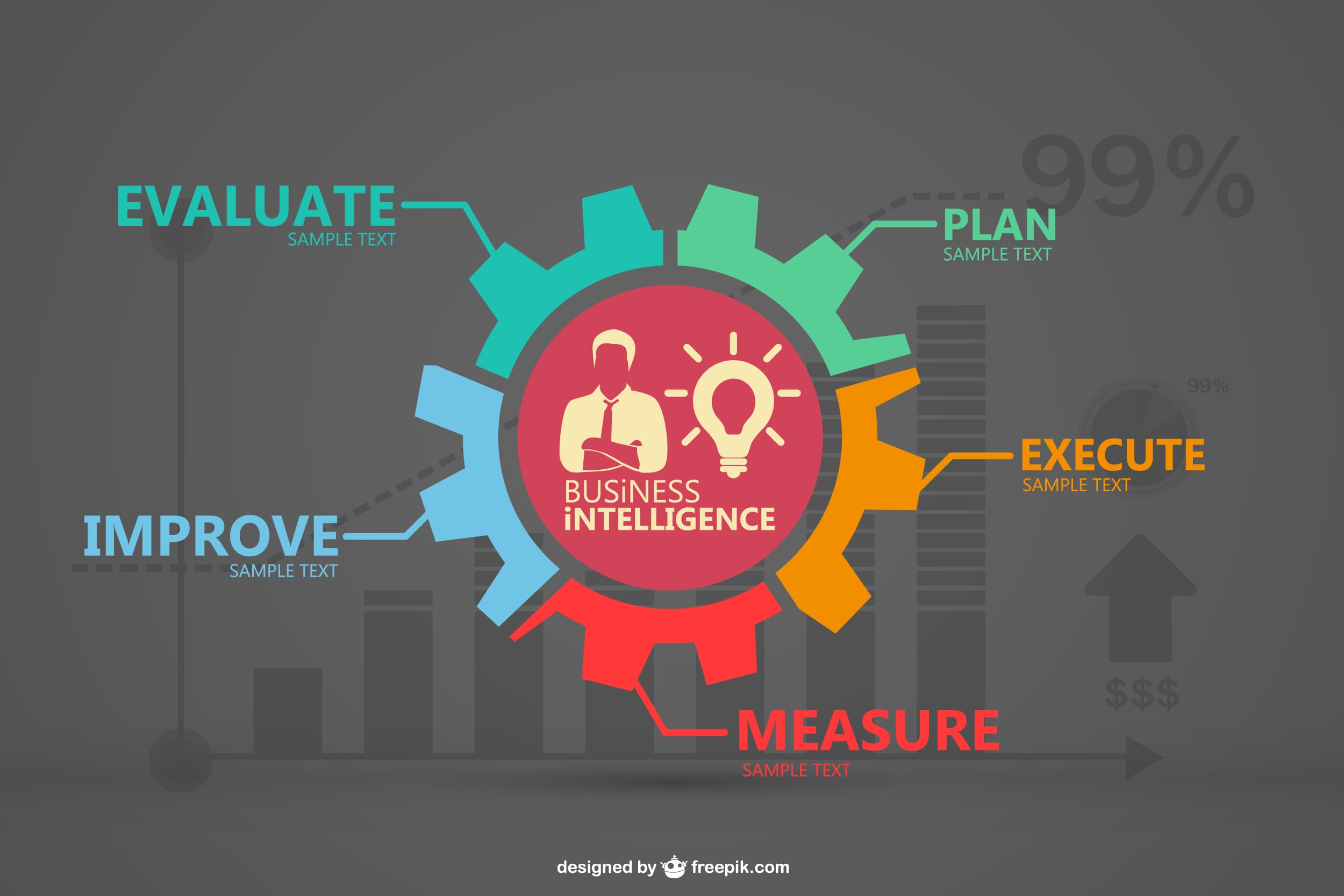
5 Sales Transformation Tools For Your Chicago-Based Small Business
Many free and paid sales tools are launched in the market every day. Here are the top 5 sales tools that are useful for small businesses.
1. Content Management: When selling, you need content to attract an audience — your sales and marketing teams will work together to create this content for your site. It would help if you run campaigns, create videos, blog posts, and more. These tools will help your team.
Top content management tools include:
• Allbound
• Brainshark
• Consensus
2. Sales Enablement: Sales enablement provides your entire sales force with everything they need to close a deal.
Popular sales enablement tools include:
• Seismic
• Highspot
3. Customer Relationship Management (CRM): Software for CRM lets you better manage the relationship with your customers. You can improve existing customer relationships by driving sales and marketing communications.
Some options to consider include the following:
• Salesforce
• Pipedrive
• Nutshell
4. Sales Automation: Sales automation tools cover a vast online marketing field. You can automate many processes with this software. Automation in sales includes sending emails, personalizing interactions with customers, scheduling, data entry, and many more.
Sales automation tools include:
• RollWorks
• Winmo
5. Sales analytics: Analytics is a significant factor in understanding whether your business is growing or declining. Sales analytics tools allow you to track and manage how your sales process is performing. Sales analytics tools enable you to see individual parts of your sales process to see what's working and areas for improvement.
Some sales analytics tool choices are:
• Looker Sales Analytics
• Insight Squared
Resource:
https://www.webfx.com/blog/marketing/sales-tools/
https://www.highspot.com/sales-enablement/best-sales-enablement-tools-and-software/
https://salesmateio.medium.com/9-best-sales-tools-for-small-businesses-f47389641532
Disclaimer: Wherever any material is quoted as sourced from the published text with publishing rights vested in an individual, it is stated that it is a pure quotation and has no intention to claim it as our own.
Image Source: www.freepik.com
865 adminFebruary 16, 2023

Checklist To Ask Your WP Hosting Provider
Below is a checklist you can discuss and questions you should ask any provider you are considering.
• What uptime guarantee do you offer?
• What types of hosting are available?
• Is it free to upgrade to a new hosting package?
• What kind of security do you have in place to protect websites?
• Do you offer a free SSL certificate?
• What kind of backup policies do you offer?
• How responsive is your technical support?
Once you have a good idea of the hosting you need for your website, make sure you ask the following questions. In most cases, you can find the answers to these questions on the hosting company's website.
In some situations, you may need to contact the hosting provider's sales team to get an answer. Once you have the answers to this interrogation, you can decide which company offers you the best web hosting services. Let's go through each question one by one.
1. What uptime guarantee do you offer?
Regarding web hosting, nothing is more important than uptime and reliability. Most good web hosting providers offer an uptime guarantee of 99.9%, although some go as high as 99.99%.
2. What types of hosting are available?
There are many types of web hosting available. The following are the familiar types of hosting that companies should offer:
• Shared Hosting
• Virtual Private Server (VPS)
• Cloud hosting
• Dedicated server
3. Is it free to upgrade to a new hosting package?
Most small businesses need simple shared hosting. If you start generating a lot of traffic, you may need to upgrade to a VPS or a dedicated server. If your website reaches that point, you want to be sure that the hosting company can upgrade you to a new type of hosting easily and without downtime.
4. What kind of security do you have in place to protect websites?
Cyber security is critical, and for many companies, it starts with protecting the website. Some standard security features offered by good hosting companies include:
• Distributed Denial-of-Service (DDoS) Mitigation
• Virus and malware scanning
• Email scanning
5. Do you offer a free SSL certificate?
Secure Sockets Layer (SSL) is a basic form of security that protects your site and helps keep the users who visit your site safe. Having an SSL certificate is also essential for SEO.
6. What kind of backup policies do you offer?
You always want to keep your website files safe and protected. While website problems are rare, a good backup policy helps ensure you never lose any valuable information.
7. How responsive is your technical support?
If something goes wrong with your website, you want to affix it as soon as possible. Whether the problem is caused by you or your hosting company, contacting the technical support team will be the first step in resolving it. You’ll want to make sure your hosting provider offers 24/7 support.
Resource:
https://digital.com/best-web-hosting/questions-to-ask-to-help-find-your-best-web-hosting-services/
Disclaimer: Wherever any material is quoted as sourced from the published text with publishing rights vested in an individual, it is stated that it is a pure quotation and has no intention to claim it as our own.
Image Source: www.freepik.com
836 adminFebruary 15, 2023

How Much Time Does Reputation Management Require For Your Chicago-Based Small Business
How long does online reputation management take in Chicago?
Short answer:
Content removal ► 5-7 business days
Content suppression ► 1 - 9 months or longer
Online Customer Review Management ► 1-6 months or more
It varies from a straight removal between 1 and 4 weeks to correcting online reviews, which can take over a month. Online reputation management activities take 6 to 12 months to suppress/push negative search results.
Every project is different and with many factors to consider. Some projects are ongoing and never 'finished' but will be improved over time. We use our expertise and experience to guide customers through the process and understand how much work goes into improving online search results.
Your current online reputation is a significant influence on timing
The existing reputation of your business, brand, and even senior people within the company significantly impacts how long reputation management takes and the type of lit-up strategy it creates for you.
If you have a negative online reputation
If search results for your name, brand, and target keywords already show negative links to reviews, fake news, forum threads, and social media posts, or if you're being trolled online, options are to remove or push these negatives down. And out of sight. It takes much work and skill to remove or counteract harmful content with high rankings.
The competition for your keywords also affects how long online reputation management will take:
It is challenging to change your search results if there is a lot of competition for your targeted keywords. Other companies will invest in different SEO-based marketing strategies and link-building, making it complicated.
Google prioritizes the most relevant and high-quality search results for each keyword. It uses over 200 ranking factors to determine the quality and relevance of each keyword. So, if the competition for your keywords is high, you need to outperform your competitors on as many ranking factors as possible - which is a lot of work in terms of time and activity.
Resource:
https://blog.reputationx.com/how-long-does-orm-take
https://www.igniyte.co.uk/blog/how-long-does-reputation-management-take
Disclaimer: Wherever any material is quoted as sourced from the published text with publishing rights vested in an individual, it is stated that it is a pure quotation and has no intention to claim it as our own.
Image Source: www.freepik.com
1413 adminFebruary 14, 2023

Considerations To Keep In Mind While Designing The Flow Of Your Product
The following things are Considerations to keep in mind while designing the flow of your product.
1. Your product should be relatable:
Be realistic—new product evolution development takes time and money. Trying to get a great product fast and cheap can result in a compromised product that is ineffective in solving any customer problem in the market.
2. Creating minimum viable product (MVP):
A minimum viable product (MVP) can demonstrate an idea without significant financial investment for full-scale development. Once you start generating sales with an MVP, the company has more incentive to invest time and resources into developing additional features in the product.
3. Create a budget:
While preparing the budget, analyze the expected returns from the product and how much the company can invest in the given period. Avoid further funding of "nearly finished products" that will not show a significant return based on the resources required.
4. Develop a Good marketing plan:
Creating the best product does not guarantee that customers will buy it. It is developing a marketing plan along with the product development process. It helps to have an effect with a primary feature focused on a known problem for the customer. Marketing is all about focusing on how they will hear about your product as a solution.
5. Get early feedback from customers:
Many companies fear that negative feedback early in the product development process could derail their carefully planned product development efforts. Granted, it can happen, but it can be a good thing! You can improve the product quickly, so it's essential to get feedback from real customers using the product as soon as possible.
Resource:
https://qubstudio.com/blog/ten-steps-of-the-product-design-process/
https://www.americanexpress.com/en-us/business/trends-and-insights/articles/7-things-to-consider-before-starting-product-development/
Disclaimer: Wherever any material is quoted as sourced from the published text with publishing rights vested in an individual, it is stated that it is a pure quotation and has no intention to claim it as our own.
Image Source: www.freepik.com
649 adminFebruary 13, 2023
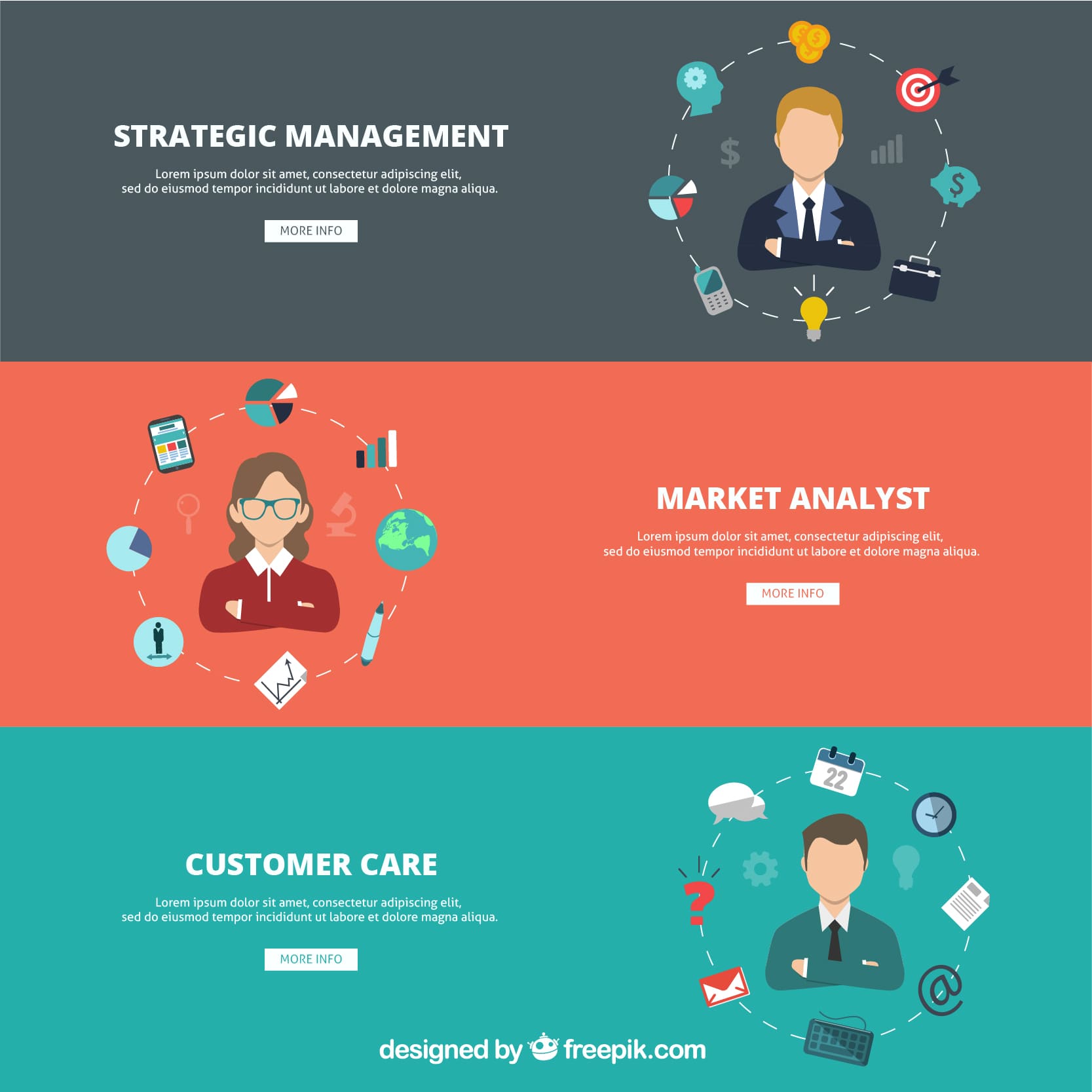
5 SMM-Based Reputation Management Strategies For Your Chicagoland-Based Small Businesses
According to sources majority of marketers use social media to promote their business. Social media is only getting big. If you're not marketing on it, you're missing out on a massive chunk of your target customers.
Here are five critical social media marketing strategies to give them a much-needed facelift this year.
Create a Plan & Stick to It: With a strategy, your content is likely to stay on track. Set a limit for published tweets daily and adjust daily numbers, but you have to hit a number, even as small as four tweets per day gives you a benchmark and at least a goal.
Tip: Check how often your competitors post and do industry research to find the right content to publish daily on each channel.
Treat each channel as an Individual Entity: Treat each channel as a separate entity. Content can be spread across all channels. LinkedIn has a more business-focused audience looking for in-depth, educational content. Instagram has an audience likely looking for engaging visual content. Please pay attention to your follower demographics on each channel and publish social media copy and content that appeals to them.
Customer Service: Trust is lost if a visitor tweets to your handle or posts on your Facebook page and has yet to receive a response. Because of your need for more communication, disgruntled potential leads are now turning to your competitors to find answers to their questions.
Negative feedback also needs to be addressed, preferably with patience and respect. But think of your social channels as an opportunity to show how great you are to your customers.
Find distribution channels and critical times to post: You must post on social media when most of your audience is online. The research will show all the social media platforms on which your audience is most active and engaged with your niche and brand.
Your marketing strategy should note your brand's purpose on each social media platform. You can then adapt your content and actions accordingly on each platform.
It would help if you studied your audience and when they are most active on social. Integrating these findings will enable you to identify precisely when your brand should post on each channel to ensure you connect with your target audience.
Track your social media metrics: Tracking is often considered tedious and time-consuming. It can be, but it will only take a few hours per month. Set aside time every month (preferably on the first day of the month) to review essential metrics for your business. Here are some stats to focus on: number of posts, follower growth, clicks to your site/products, page views, post impressions, likes or shares, etc.
Resource:
https://www.wordstream.com/blog/ws/2014/01/09/social-media-marketing-strategies
https://www.brandwatch.com/blog/the-5-step-social-media-marketing-strategy/
Disclaimer: Wherever any material is quoted as sourced from the published text with publishing rights vested in an individual, it is stated that it is a pure quotation and has no intention to claim it as our own.
Image Source: www.freepik.com
927 adminFebruary 10, 2023 Youtube Video

5 Productivity Transformation Tools For Your Chicago-Based Small Business
Productivity tools can be a game-changer for today's highly demanding work culture in businesses.
Here are the top 5 productivity transformation tools for your Chicago-based small business that successful organizations ensure their workforce has access to:
1. Email Management Tools: Email is still the number one communication channel in formal environments for peers to communicate with each other and in Teams. An intelligent email management tool will enable employees to filter important emails more effectively and prioritize responses based on the severity of the content in each email.
2. Task Management: A task management tool is one of the essential tools for an employee to be productive. From recording things as a 'to-do' list to assigning responsibilities and roles to individuals collaborating on a project, task management tools facilitate various activities in the office environment.
They have a highly flexible task management platform that enables organizations to bring out the best results from teamwork and reward performers for their extra efforts when necessary.
3. HR tools: You would need a spreadsheet to manage your accounting, receivables, or taxes, so why should your HR workflow rely on antiquated media and messy documents?
Just Value is like a short book for HR and benefits. It becomes your single management point for all HR needs.
4. Collaboration Channels: In a fast-paced business environment, people from different streams or with other skills must come together and create solutions for challenging customer situations. It requires powerful collaboration channels that offer various features such as innovative meeting schedulers, video or audio conferencing and call answers, access-controlled storage, remote file and media exchange facilities, and virtual workspaces.
5. Engaging Intranet Platforms: There is a need to bring in a social infrastructure where everyone in your organization can connect, learn about workplace events and developments, conduct team building or interactive sessions, and collaborate effectively in your work environment. It is precisely what modern-day intranet solutions offer for enterprises.
You need to develop a social media-inspired platform for intra-organization interaction. An intranet facilitates the creation of a community among your employees where people interact and gain knowledge about everything related to or outside of work.
Resource:
https://www.infince.com/blog/top-5-productivity-tools-every-small-business-needs-today/
https://www.inc.com/drew-hendricks/top-5-business-tools-to-boost-your-productivity-in-2017.html
Disclaimer: Wherever any material is quoted as sourced from the published text with publishing rights vested in an individual, it is stated that it is a pure quotation and has no intention to claim it as our own.
Image Source: www.freepik.com
821 adminFebruary 9, 2023
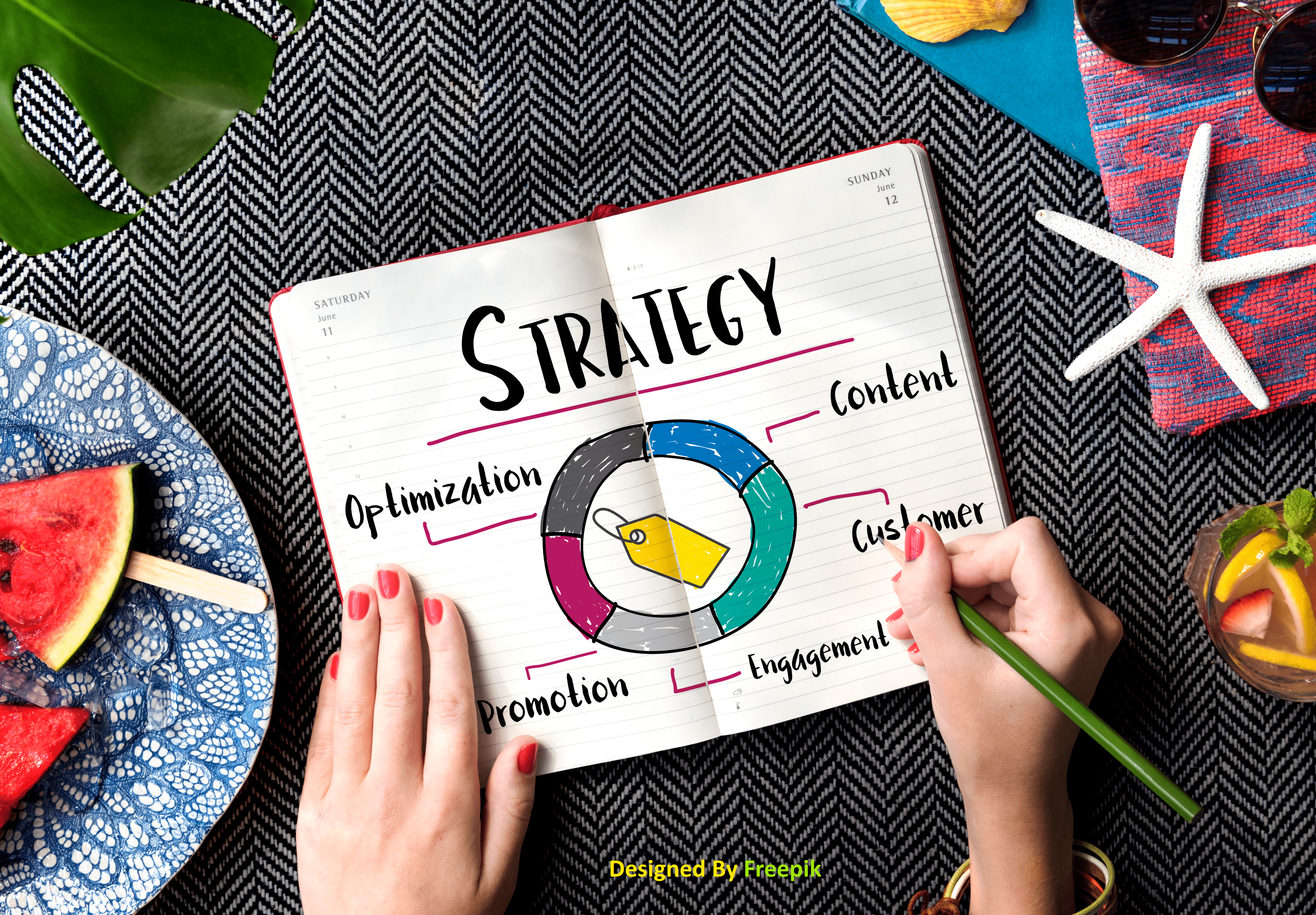
Strategies To Improve Your Agencies Margins
Even without adding more clients, there is much room for improvement.
Today, we’re sharing strategies to improve your bottom line and make you more money.
Offer High Value, Low-Cost Upsells, and Cross-Sells:
Getting a prospect to become a client is the hardest part, but offering upsells and cross-selling is accessible once they cross that line. Think about how much extra cash is lost in the grocery store checkout line. You've already bought everything you need, but additional offerings of chocolate, gum, and magazines add to the total purchase price and consistency. The same can happen in your business. We've tested it and made hundreds of thousands of dollars by offering small upsells.
Outsource Manufacturing to Reduce Overhead:
Instead of paying overhead, you need to hire employees, taxes, rent, coffee, or Friday lunch, and you can outsource deliverables for a fixed price and pay your employees to manage the process. It's probably not worth your time to bring anything that isn't your core service in-house (at least not at first), and you may be able to improve your margins by outsourcing dramatically.
Offer Premium Packages:
A certain percentage of your clients will always be willing to pay more for the better service you offer. Time and again, we have been experiencing this in our own business.
When we started our business, our 1st product was $100, and someone bought it. Then we made a version that cost $600"¦ and someone bought it. Then we combined several products and offered a high-end package at $500, and someone bought it. But it would never have happened if we didn’t have the offer. It was relatively easy to execute, but we had to offer it.
Try offering a more Costly, premium package and watch your revenue and margins grow!
Productize Your Services and Create SOPs:
When you customize every product, running a scalable operation that hurts margins becomes increasingly challenging. But if you can productize your services, you can define your processes and scale. It allows you to make more sales, reduce costs and ensure you get what you promised to the client.
For example:
If you run an email marketing organization, you can sell a package of several emails per month.
If you run a web design agency, you can sell websites through multiple pages.
When you manufacture and package your services, you can eliminate all the margin wasted from customization.
If you follow these tips, your margins will increase, and your business will run more smoothly.
Resource:
https://www.woorank.com/en/blog/increase-agency-margins
Disclaimer: Wherever any material is quoted as sourced from the published text with publishing rights vested in an individual, it is stated that it is a pure quotation and has no intention to claim it as our own.
Image Source: www.freepik.com
856 adminFebruary 8, 2023
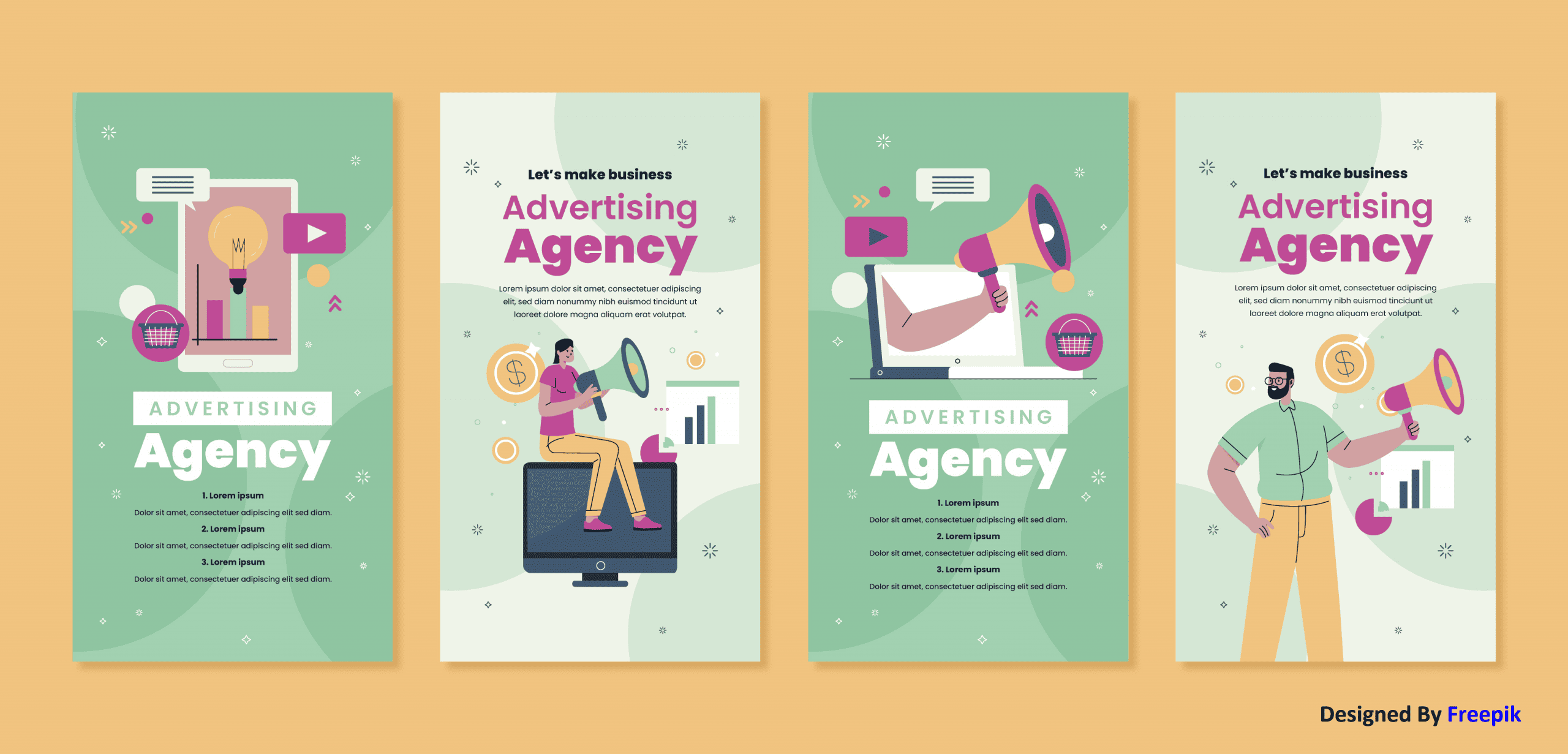
Is The Agency Market Saturated?
In this blog, we are talking about Digital Marketing agencies:
A digital marketing agency is not saturated, but it is highly competitive. With the growing number of online businesses vying for customers' attention, it can be challenging for digital marketing agencies to differentiate themselves and stand out from the competition. However, it also allows digital marketing agencies to be creative and innovative in reaching consumers. Many businesses still need to start using digital marketing effectively to reach their target audience, leaving ample room for the industry to grow.
One way for a digital marketing agency to stay ahead of the competition is to practice in a specific niche or industry. For example, an agency may focus on serving the needs of small businesses or specifically serve the dental industry. By focusing on a specific sector, an agency can understand the unique challenges and opportunities in that market and offer more effective solutions to clients.
Another way to stay competitive is constantly adapt to technological and consumer behavior changes. The digital marketing landscape is continually evolving, and agencies must be proactive in keeping up with the latest trends and best practices. It could include investing in new tools like AI and machine learning or incorporating new channels like voice search optimization or chatbots.
Finally, the digital marketing industry is not saturated but highly competitive. By keeping up with or constantly adapting to changes in technology and consumer behavior, digital marketing agencies can stay ahead of the competition and continue to grow their business.
Resource:
https://www.adlibweb.com/is-the-digital-marketing-field-saturated-heres-what-you-need-to-know/
https://www.rightlydigital.com/digital-marketing-is-a-saturated-field/
Disclaimer: Wherever any material is quoted as sourced from the published text with publishing rights vested in an individual, it is stated that it is a pure quotation and has no intention to claim it as our own.
Image Source: www.freepik.com
1755 adminFebruary 7, 2023

Margin Killers To Watch Out For While Running A Small Digital Agency
Generally, the higher your net profit, the better your business is doing. If your profit margin is higher than the industry average, your Agency has a competitive advantage. In other words, your Agency is doing well compared to others running similar operations to yours.
With that knowledge, it's clear why business owners need to create a plan to increase their Small Digital Agency net profit margin.
Here are three tips to improve your Agency's profit margin:
1. Market to your Existing Customers: Did you know that marketing to your existing customers costs much less when attracting new customers? It is because existing customers are already converted, making it easier to upsell and cross-sell them. Maintaining their positive experience and effectively targeting their needs is essential to keep them returning and recommending your brand to others. They are creating an effective loyalty program for your existing customers to encourage them to return or spread the word about your Agency to their circles. Loyalty programs can come from cashback, discounts, or exclusive sales. Offering this to existing customers will increase their chances of converting them into your brand evangelists.
2. Remove Unprofitable Products from The Shelves: Review the performance of your products and determine which ones are generating less profit. It is only possible to continue to produce a particular product if it sells well in the first place. As much as possible, ensure all your products contribute to your profits. Doing so will help you eliminate some costs and improve profitability.
3. Streamline to Reduce Overhead Costs: Streamlining operations is one of Small Digital Agency's most significant drivers of profitability. Review your agency operations and identify areas where you can cut costs.
You can also streamline your digital agency operations by automating tasks. For instance, using a CRM solution to automate sales processes could save your staff time and avoid human errors. Automating aspects of your customer service process can also speed up issue resolution and reveal patterns that inform better services going forward. Marketing teams can use automation to time promotions based on customer engagement, targeting customers more likely to purchase based on their recent actions.
In Summary, having a solid profit margin is a pre-requisite: Whether your goal is to sell your Agency for the maximum amount possible – or to build a business that can provide long-term cash flow and sustainable employment for your team. It's important to remember that measuring performance is a process - not an event. We encourage you to establish a cadence by which you measure these essential agency metrics, thus ensuring that the business is moving in the right direction.
Resource:
https://parakeeto.com/blog/digital-marketing-agency-profit-margin/
https://www.techadv.com/blog/5-strategies-improve-your-small-business-profit-margins
Disclaimer: Wherever any material is quoted as sourced from the published text with publishing rights vested in an individual, it is stated that it is a pure quotation and has no intention to claim it as our own.
Image Source: www.freepik.com
861 adminFebruary 6, 2023
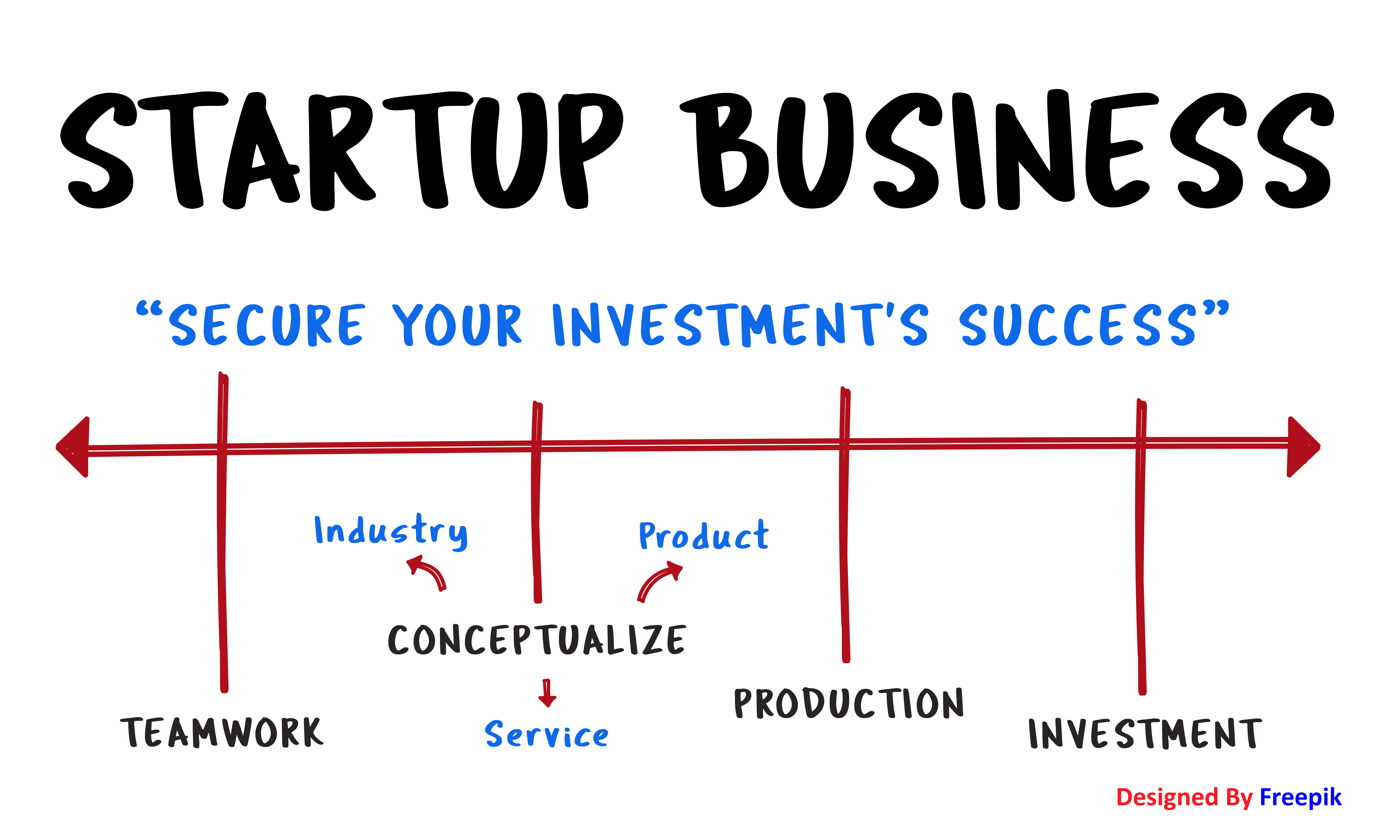
5 Tools To Increase Productivity, Improve Margins, Finish Projects, And Slay Your Competition.
Think about it; the marketing team generates to go to the sales team. The sales team draws attention to leads and closes them as customers. The finance team takes care of invoicing and ensures that the client pays the bills promptly.
Then the creative work begins. Account managers ask clients to complete briefs, and marketing/digital experts collaborate on the project. Throughout the process, account managers interact with customers and make sure everyone is happy.
It's a lot of workflows going on at once, which means a lot of things can go wrong. Here are the top 5 tools to increase productivity, improve margins, finish projects, and slay your competition.
HubSpot: HubSpot is a comprehensive platform that takes care of your marketing, sales, and service needs. HubSpot CRM gives you a real-time view of your entire sales pipeline on a visual, easy-to-understand dashboard. HubSpot provides detailed reports, making it very easy to check your team's sales productivity and individual performance.
Buffer: Buffer is a social media control platform that allows you to plan and publish your content to Facebook, Instagram, Twitter, Pinterest, and LinkedIn from a single dashboard. Buffer also comes with a social media calendar to quickly overview all the posts you have lined up and identify and fill any gaps.
Trello: Trello is another project management tool that makes it easy for you to collaborate on projects with your team members. You can start by creating different cards for each project, then slot your cards under other columns.
You can add due dates and checklists within each card, assign and tag team members, add attachments, etc.
Slack: Slack is used to communicate effectively with customers daily. Client-facing channels provide access to business resources at any time of the day.
This tool allows you to set up multiple channels for team members to discuss specific projects or topics, making it easier for everyone to collaborate.
Ahrefs: Ahrefs is one of the most sought-after tools in the SEO space. This tool allows you to uncover your competitor's keywords and increase your website's search traffic. Using Ahrefs to fine-tune your SEO strategy, you can gain visibility and drive more organic traffic to your website.
Resource:
https://www.cloudways.com/blog/agency-tools/
https://www.powtoon.com/blog/5-tools-for-growing-your-business/
Disclaimer: Wherever any material is quoted as sourced from the published text with publishing rights vested in an individual, it is stated that it is a pure quotation and has no intention to claim it as our own.
Image Source: www.freepik.com
878 adminFebruary 3, 2023
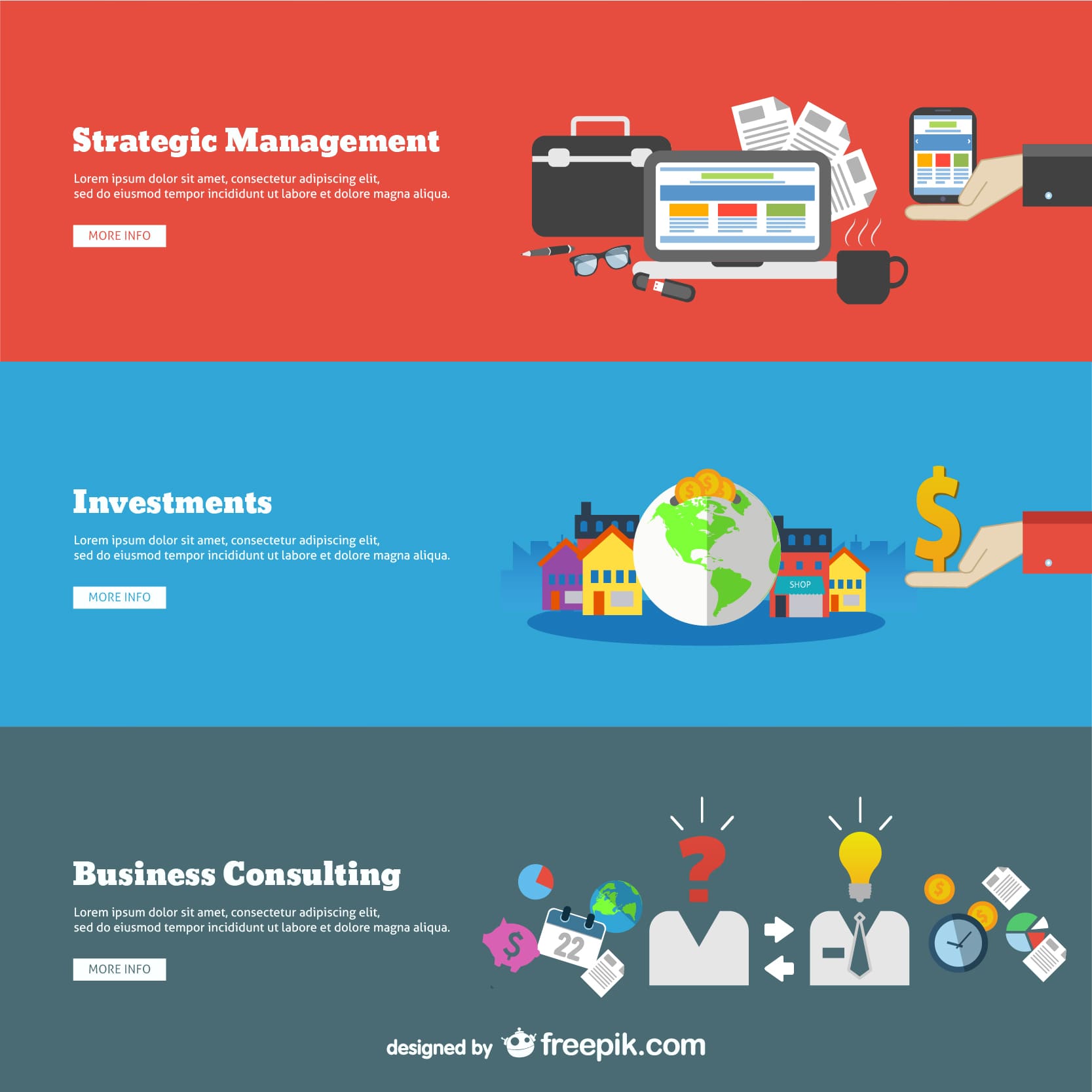
5 Hosting Addons Which Will Save Your Agency, and Clients, A Lot Of Heartache
To help you find web hosting that suits your needs, we compared popular web hosting services on essential criteria like security, uptime, and more.
Hostinger– Best Overall
Hostinger offers reliable web hosting at incredible prices. Split hosting plans start at $1.99 per month. Hostinger offers 24/7/365 support baked into the price of every project. The most popular option is the exceptional shared hosting plan which costs $2.99 monthly. You also get a free domain for a year, and a free Let's Encrypt SSL certificate to secure your website. Hostinger uses its control panel - CPanel. It Has eye-catching and well-organized navigation icons and is user-friendly and easy to navigate.
DreamHost- DreamHost is home to over 1.5 million websites. People trust Dreamhost because they provide fast websites at great prices and plain words.
The company provides a 100% uptime guarantee and compensation if your site goes down. With the Shared Starter, you get 50 GB of storage for one website, up to 5 subdomains, WordPress pre-loaded and ready for you, and a domain, SSL certificate, and WordPress builder included for free.
HostGator- HostGator offers all the hosting essentials you need at a great price, plus it comes with a 45-day money-back guarantee. HostGator provides a substantial list of how-to guides for technical support. You can turn to phone, live chat, and email support if you are still waiting for the answers.
In addition to Linux, HostGator offers a variety of options for upgrading, including Windows hosting, cloud hosting, VPS hosting, managed WordPress, and dedicated servers.
Bluehost- Bluehost is one of the finest web hosting enterprises in the world, for the most part among people launching their new WordPress websites.
They offer great rates and a beginner-friendly platform that simplifies every aspect of running a WordPress website.
If you get stuck or need help, Bluehost has 24/7 support via phone or live chat.
Bluehost also offers great analytics and SEO tools to track how well your website is doing for specific keywords.
WP Engine- WP Engine is the best WordPress hosting among many. They provide a great product, which is highly optimized for WordPress websites. If you want all the storage and speed you can get for your WP blog or online store, and this is the host for you.
Resource:
https://www.quicksprout.com/best-web-hosting
https://neilpatel.com/blog/best-web-hosting-services/
Disclaimer: Wherever any material is quoted as sourced from the published text with publishing rights vested in an individual, it is stated that it is a pure quotation and has no intention to claim it as our own.
Image Source: www.freepik.com
939 adminFebruary 2, 2023
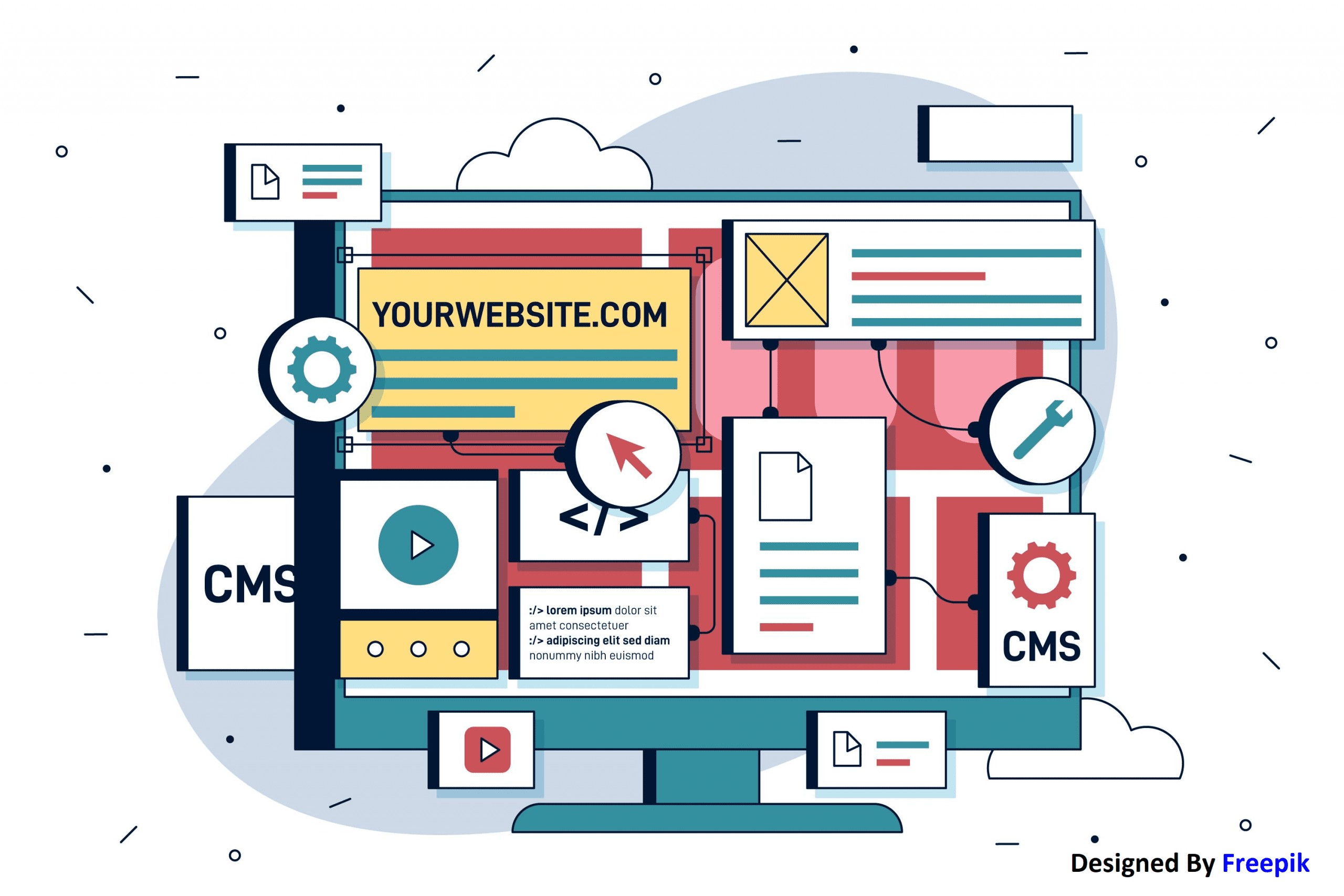
Top 5 WP Plugins Your Chicagoland Small Business Should Consider
One can choose from over 50,000+ WordPress plugins, making it extremely good for a new competitor to find a suitable plugin for their website.
No matter what industry you're in, enabling WordPress with plugins is a tried-and-true strategy. It allows any entrepreneur to balance low investment and efficient results.
With all this in mind, we have set up the top 5 WordPress plugins that are useful for any small business.
WP Forms: Every website needs an exposure form because it makes it easy for visitors to contact you. WP Forms is the most user-friendly contact form plugin for WordPress (WP). This drag & drop online form builder allows you to create contact forms easily, online order forms, payment forms, email subscription forms, and all other online forms.
Yoast SEO: Yoast SEO is one of the powerful plugins for WordPress, which makes it easy to optimize your pages and posts to rank higher on search engines. With Yoast SEO, you get titles and meta description templates, so you can learn how to create this information according to SEO best practices.
Jetpack: Jetpack is a collection of unique tools and features that supercharge your site with tons of proper functionality. Jetpack offers the ability to have multiple plugins in one. The Automattic team behind WordPress also develops it, so you'll get exceptional developers behind the tool. From improving site security to optimizing user engagement, Jetpack provides many features to keep your site running smoothly.
Elementor: Elementor is the leading page builder for WordPress - it allows you to place various page elements with a drag-and-drop interface. That way, building your ideal website is as easy as clicking and dragging the features you want into the builder area — no coding is required.
W3 Total Cache: W3 Total Cache is a useful caching plugin for WordPress. Caching stores website content in a user's browser to provide that data faster the next time they access your website.
Resource:
https://blog.hubspot.com/website/must-have-wordpress-plugins
https://www.leadboxer.com/blog/16-best-wordpress-plugins-for-business
Disclaimer: Wherever any material is quoted as sourced from the published text with publishing rights vested in an individual, it is stated that it is a pure quotation and has no intention to claim it as our own.
Image Source: www.freepik.com
893 adminFebruary 1, 2023 Youtube Video
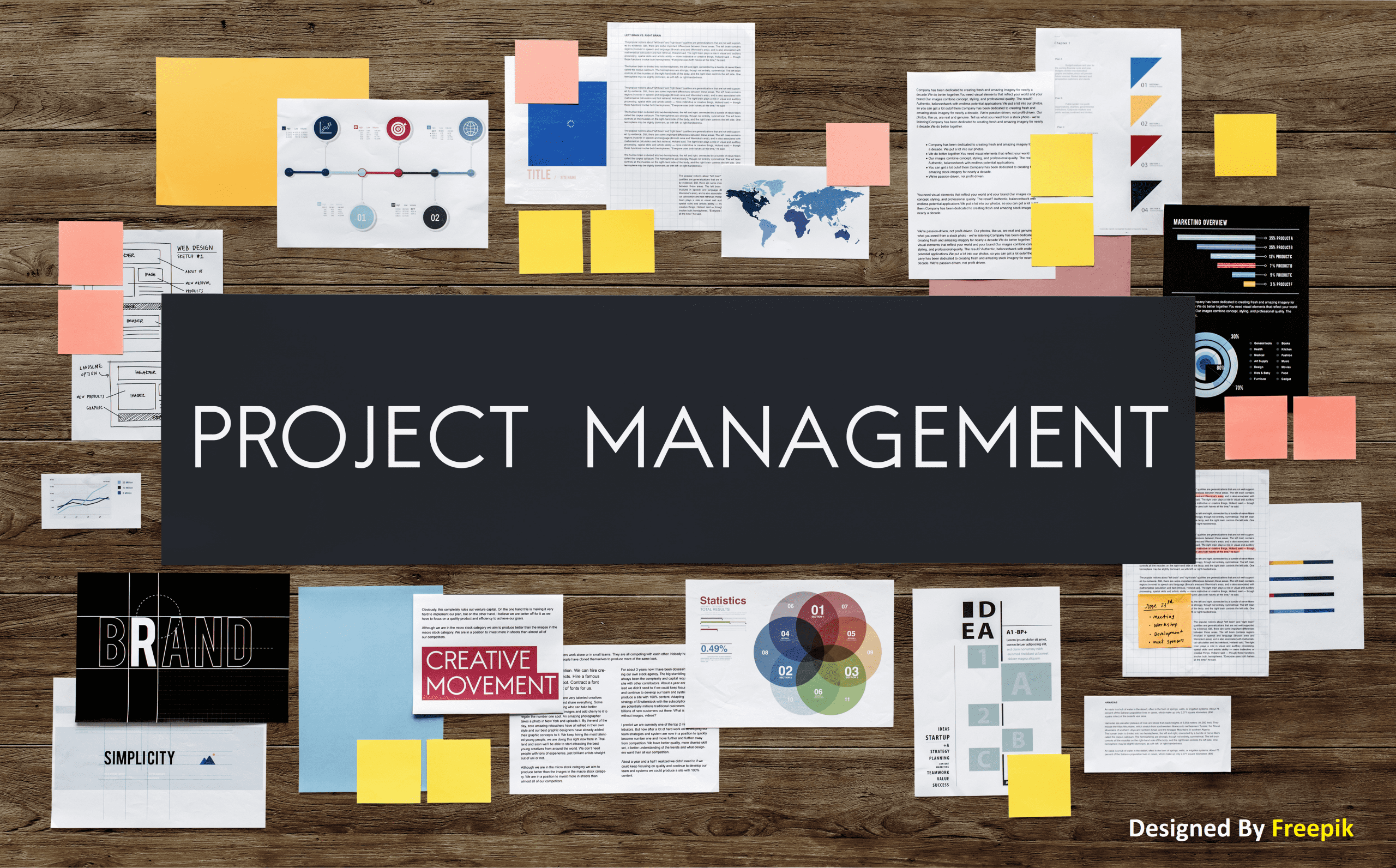
5 DIY Reputation Management Strategies For Your Chicagoland Small Business
In this blog, I will share some of the best DIY reputation management strategies for your Chicagoland small business.
Find out where your online reputation currently stands.
It would help if you found out how people feel about your brand. Are your customers happy and satisfied?
These points help you identify where your online reputation currently stands:
• Social media posts, comments, and @mentions from customers.
• Online reviews and ratings from third-party review sites
• Mentions in industry blogs.
• Feedback collected from actual customers (think: email, customer surveys, contact forms of the website)
Be Active In Social Media Engagement:
Social media is an integral part of people's daily lives, where 40% of consumers will use social networks to find new businesses or products. Please make sure these people constantly find your brand in their feeds.
It will help if you cast a wide net by becoming an active member of multiple social media platforms. In addition to promoting content, offers, and particular events, it can use social media to answer customer questions or provide customer support.
Respond to reviews as soon as possible:
A survey showed that 94% of customers avoid work because of a negative review, but if you respond to the study and act on the feedback, you can attract customers in the long run. Research shows that responding to gloom-ridden reviews makes 45% of customers more likely to visit a business.
Responding to customer reviews shows that you care about the reviewer's opinion. These customers usually give valuable feedback taking time out of their busy schedules. Make sure you take some time out of your day to acknowledge their efforts and respond to negative and positive reviews.
Claim Your Online Free Listings:
The best way to start effectively monitoring and controlling your online reputation is to claim your listing on search engines and review sites that begin with:
Google My Business
Yelp
Yellow pages and more.
Business listing allows you to update entries with the correct information, including your business name, phone number, and address, hours of operation. Unclaimed listings sometimes have the wrong information in their records, making you look untrustworthy and prompting customers to find another business.
Simply claiming your listing and filling out as accurate information as possible will make it easier for humanity to find you and quickly put yourself ahead of your local small business competitors.
Free Help:
Promoting your products and services on your website, you can also use it to create content that isn't directly related to the brand but more related to your industry.
For example, a dentist might shoot and publish a DIY video on brushing teeth correctly, while a small bakery might list baking ideas for the next big holiday party. These content pieces increase your online exposure and establish the brand as a local thought leader.
Resource:
https://nuundigital.com/5-easy-hacks-for-effective-small-business-reputation-management/
https://www.linkedin.com/pulse/5-step-reputation-management-strategy-any-business-can-sam-owande
https://www.forbes.com/sites/theyec/2018/05/30/reputation-management-tips-for-small-businesses
Disclaimer: Wherever any material is quoted as sourced from the published text with publishing rights vested in an individual, it is stated that it is a pure quotation and has no intention to claim it as our own.
Image Source: www.freepik.com
673 adminJanuary 31, 2023

Mobile Testing Tools for Launching Your Small Digital Agencies Next App Project
The picture for mobile applications includes numerous platforms and operating systems, test scenarios, and network connections and carriers.
iOS and Android are the most popular mobile operating systems. Millions of apps designed for this platform need to be tested.
Following is a list of top mobile automation testing tools and their popular key features. The list contains both free and paid Mobile testing software.
Best Mobile testing tools for launching your small digital agencies' next app project:
Kobiton: Kobiton is an easy-to-use platform to access real devices for manual and automated testing. Kobiton supports ADB shell commands, complex gestures, geo-location, and device connection management.
Key Features:
• Kobiton provides entrance to an actual gadget to run manual and computerized tests on native, web, and hybrid iOS /Android apps.
• It is Built on top of the Appium open-source framework.
• The device lab is constantly adding the latest hardware and OS updates.
• Test on all devices without modifying the script.
• Automatically generated activity logs, commands, cinematize, and metadata allow rapid identification of issues.
• Prepaid minutes of trial time that never expire.
HeadSpin: The Headspin allows users to remotely test and debug mobile, web, audio, and video operation on thousands of devices.
Key Features:
• Get AI/ML-based insights to solve problems and ship your products faster in less time to market.
• Test on real devices for 100% accuracy.
• Secure testing and improved performance.
• Model on- and off-prem deployments with single-tenant (dedicated device).
• Headspin Create Your Lab (CYOL) enables companies to use personal devices to get on board.
• Run the headspin platform and automated testing. It empowers businesses to run edge testing where the company is in a specific location and wants to test its apps in that location.
• HeadSpin Regression Intelligence gives you a powerful comparison tool to analyze regressions between new app builds, OS releases, feature additions, locations, and more.
ACCELQ: ACCELQ platform offers AI-enabled codeless test automation and management built on a cloud-native platform. ACCELQ provides an integrated platform for mobile, web, API, database, and packaged apps.
Key Features:
• Design, develop and implement mobile test automation with zero setups and coding.
• This platform is an integrated mobile cloud execution farm with public and private device options w,hich provides cross-device testing in a plug-and-play model.
• AI-powered mobile object handling and self-healing capabilities eliminate test flakiness.
• Sprint automation to align with DevOps and Agile.
• This platform supports a visual application model for business process validation.
Katalon: Eight hundred fifty thousand users trust Katalon Studio, and it also expands web, API, and desktop testing capabilities.
Key Features:
• A programming background is required.
• This tool provides versatile automated test design with record and playback, built-in keywords, pre-defined project templates, and friendly UI.
• This feature supports cross-habitat testing on real devices, emulators, or cloud-based devices with Kobiton, SauceLabs, LambdaTest, Perfecto, and BrowserStack integration.
• Reduce maintenance efforts.
• Advanced graphs (Slack, Git, and Microsoft Teams) to visualize essential metrics and real-time notifications after each execution.
Perfecto: Perfecto is the industry-leading test cloud for mobile app testing.
Key Features:
Inconsistent coverage across platforms and test scenarios
• Intelligent analytics for faster feedback and resolution
• A unified cloud platform for web and mobile app testing
• Same-day access to new devices, OS, and more
• Enterprise-grade security and scalability.
• Support programming languages like Java, JavaScript, C#, Python, and PHP
• Offers various frameworks like Flutter, Xamarin, and React Native.
• Supports continuous testing, mobile application testing, automated testing, interactive testing, web testing, and more.
• Integrates seamlessly with Eclipse, IntelliJ, Appium, Espresso, Quantum, TestNG, JUnit, Jira, slack, Perfecto, and more.
Resource:
https://theqalead.com/tools/best-mobile-application-testing-tools/
https://www.softwaretestinghelp.com/best-mobile-testing-tools/
https://www.guru99.com/mobile-testing-tools.html#best-mobile-app-testing-tools-for-automation-testing
Disclaimer: Wherever any material is quoted as sourced from the published text with publishing rights vested in an individual, it is stated that it is a pure quotation and has no intention to claim it as our own.
Image Source: www.freepik.com
933 adminJanuary 30, 2023

The Best Cyber Security Software Used By Chicago-Based Companies
In this blog, we are going to provide the best cybersecurity software used by Chicago-based companies:
1. SiteLock: SiteLock is a leading web security and cyber security software with over 12 million websites under the protection of this solution. From delivering 360-degree security to vulnerability detection, from automatic malware removal to WordPress database scanning, features include web threat management, two-factor authentication, etc. It also enhances security testing for websites and accelerates performance.
2. Log360: Log360 is a log management and cybersecurity device that supports enterprises in keeping their networks and data free from malicious activity. With real-time analysis, correlation, and archiving proficiency, this solution monitors critical changes within groups and tracks suspicious user behavior.
Features: Behavioral analysis, AI/machine learning, incident, management, vulnerability scanning
3. Cyber Control: Cyber security project plan design and framework, fraud detection describing suite, and file security review for data privacy and GDPR. Datplan's cyber control software allows organizations to introduce a robust cyber security risk framework while red-flagging potentially high-risk transactions using anti-fraud detection tools and file security tests to support data privacy and GDPR requirements.
4. Acunetix: Acunetix is one of the leading automated cybersecurity systems designed to combat the alarming growth in web attacks. With a wide range of automatic and manual penetration testing tools, it enables users to gain insight into vulnerability assessments and remediate discovered threats.
Features: IOC Verification, Vulnerability Scanning...
5. AppTrana: AppTrana identifies application risk status, instantly patches vulnerabilities, improves website performance through full site acceleration, and ensures proactive remediation of DDOS/emerging threats through continuous monitoring in one place. This application also helps businesses continue to identify the security status of applications through automated security scans and manual pen testing.
Features: Tokenization, AI / Machine Learning, Behavioral Analytics, Vulnerability Scanning, Allowlisting / Blocklisting.
Resource:
https://www.softwareworld.co/top-cybersecurity-software/
https://www.guru99.com/cybersecurity-software-tools.html
Disclaimer: Wherever any material is quoted as sourced from the published text with publishing rights vested in an individual, it is stated that it is a pure quotation and has no intention to claim it as our own.
Image Source: www.freepik.com
1111 adminJanuary 27, 2023
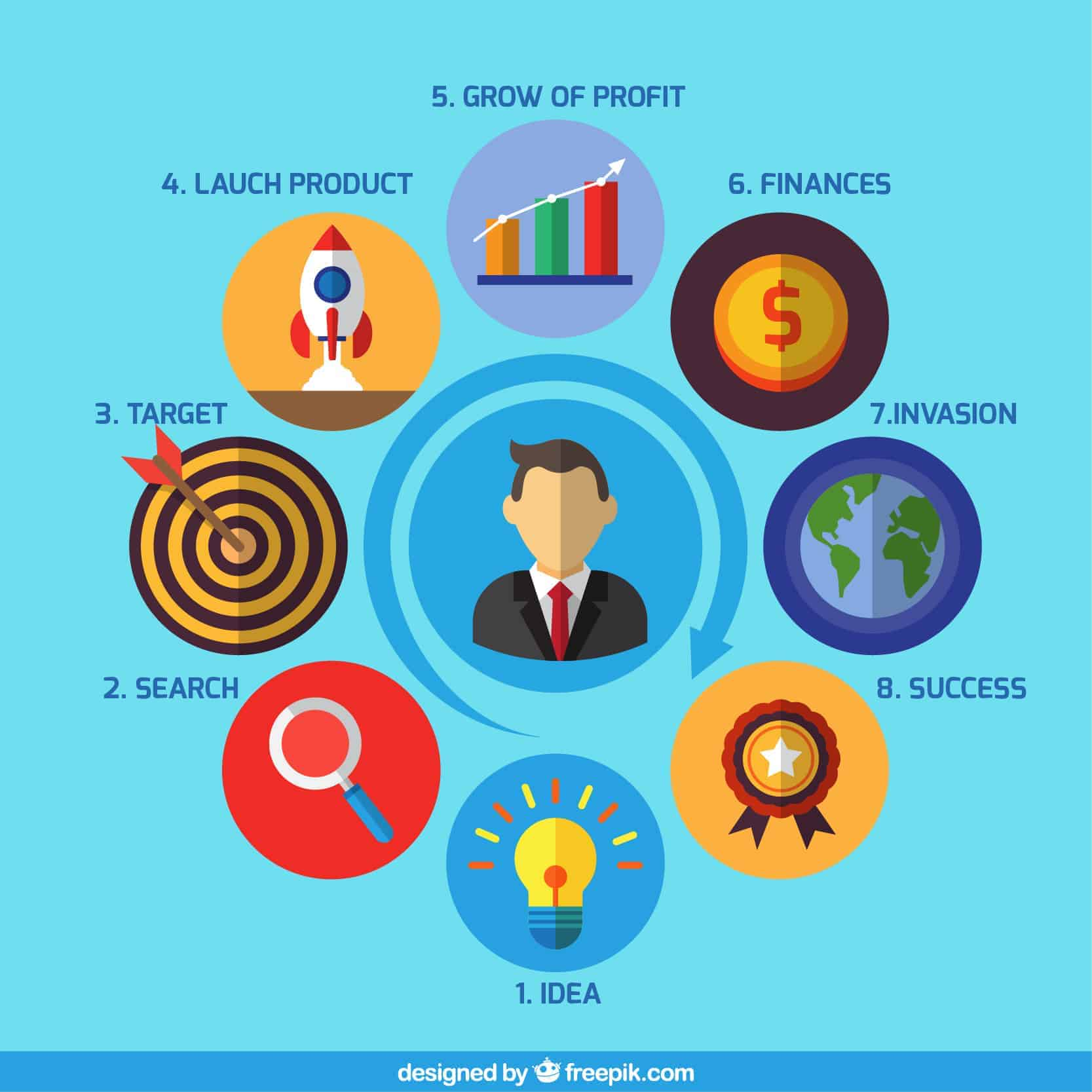
What Are Your Agency Competitors Doing? Use These 5 Tips To Find Out
Below are our top 5 tips and tricks to find out What are your agency competitors doing?
1. Analyze your competitor’s website and SEO strategy:
For competitor's websites you can use:
• SpyFu: This will give you information on the keywords and AdWords your competitors are buying.
• Google Trends: You can stay on top of industry trends and compare your company to others.
• Google Alerts: You can set up alerts for your company and set up alerts for your competitors to find out who is talking about you.
For SEO:
You will need to look at in terms of your site and your competitors:
• Keyword ranking using the (SERP Checker tool)
• Site traffic using the (SiteWorthTraffic tool)
• Website authority using (Website Authority Checker)
2. Look at competitor's social media marketing strengths:
With the rise of social media becoming a powerful tool for business marketing, you'll be able to stay abreast of any exciting updates your competitors share online. By building a list and examining their tweets, Facebook, and LinkedIn posts, you can begin to identify their use of tone and content strategy.
3. Survey your competitor's customers and suppliers:
It may seem obvious, but the most efficient and inexpensive way to gather accurate information is to talk to customers. Once you've won over a new customer, ask whom they used before and why they switched - that way, you can identify what benefits your business.
4. Hire your competitor:
You can hire employees from competing companies and work with competitors' partners. You can then find out how these companies operate and what they are up to next.
5. Analyze Their Rankings Against Keywords:
Once you've determined the keywords your opponent is targeting, use an SEO ranking tool like [AccuRanker] to track your progress against them. You can use this tool to see how your competitors perform against your target keywords if they differ from the above.
If competitors are outranking you, check their website for any supporting material that may help them rank. If so, can you do better?
Resource:
https://articles.bplans.com/10-ways-to-find-out-what-your-competitors-are-doing/
https://www.linkedin.com/pulse/5-tips-how-find-out-what-your-competition-doing-beat-mekelenkamp
https://www.convinceandconvert.com/digital-marketing/monitoring-competitors/
Disclaimer: Wherever any material is quoted as sourced from the published text with publishing rights vested in an individual, it is stated that it is a pure quotation and has no intention to claim it as our own.
Image Source: www.freepik.com
822 adminJanuary 26, 2023
Get a Quote
Starting a project is just a few steps away...
